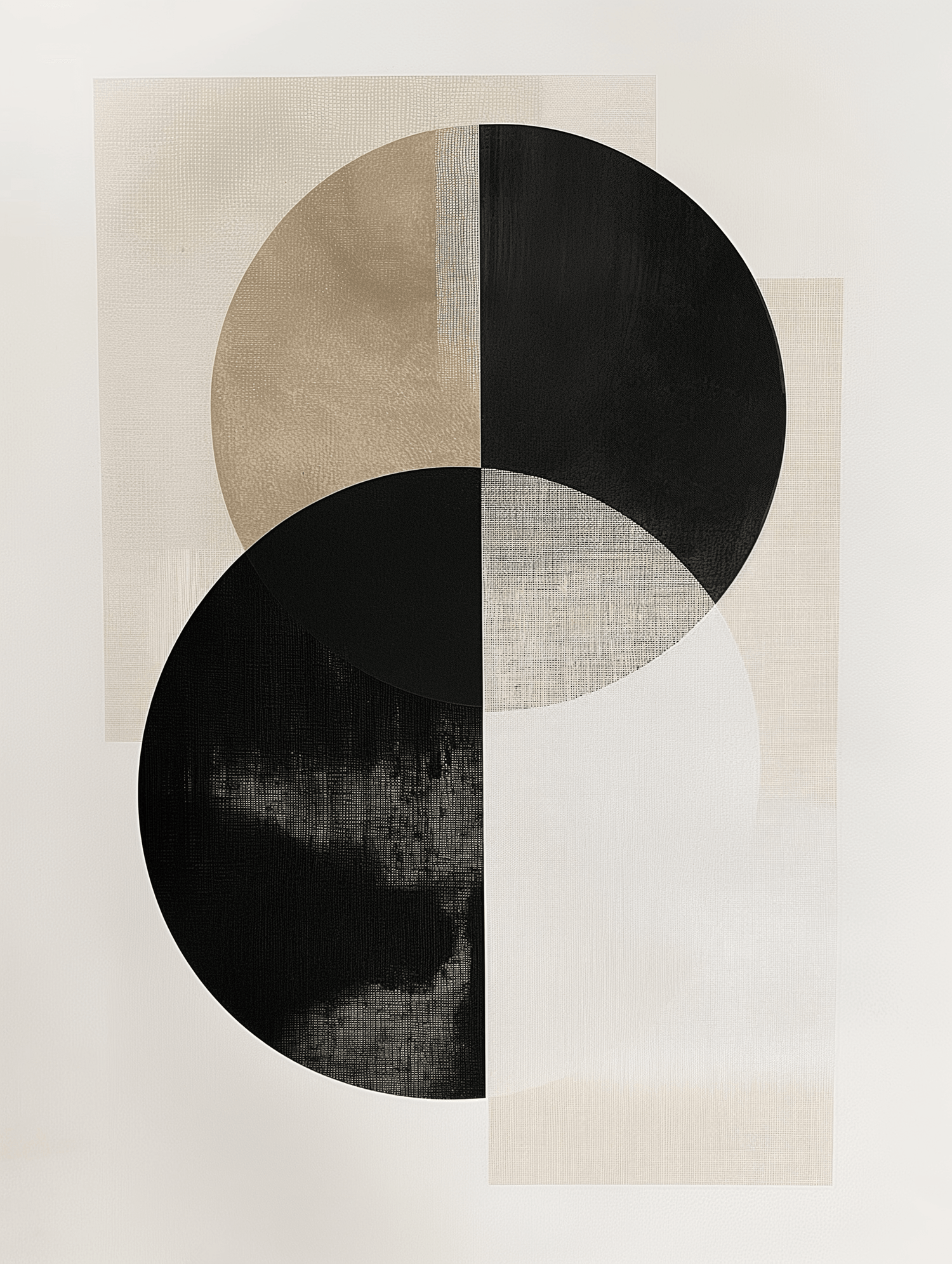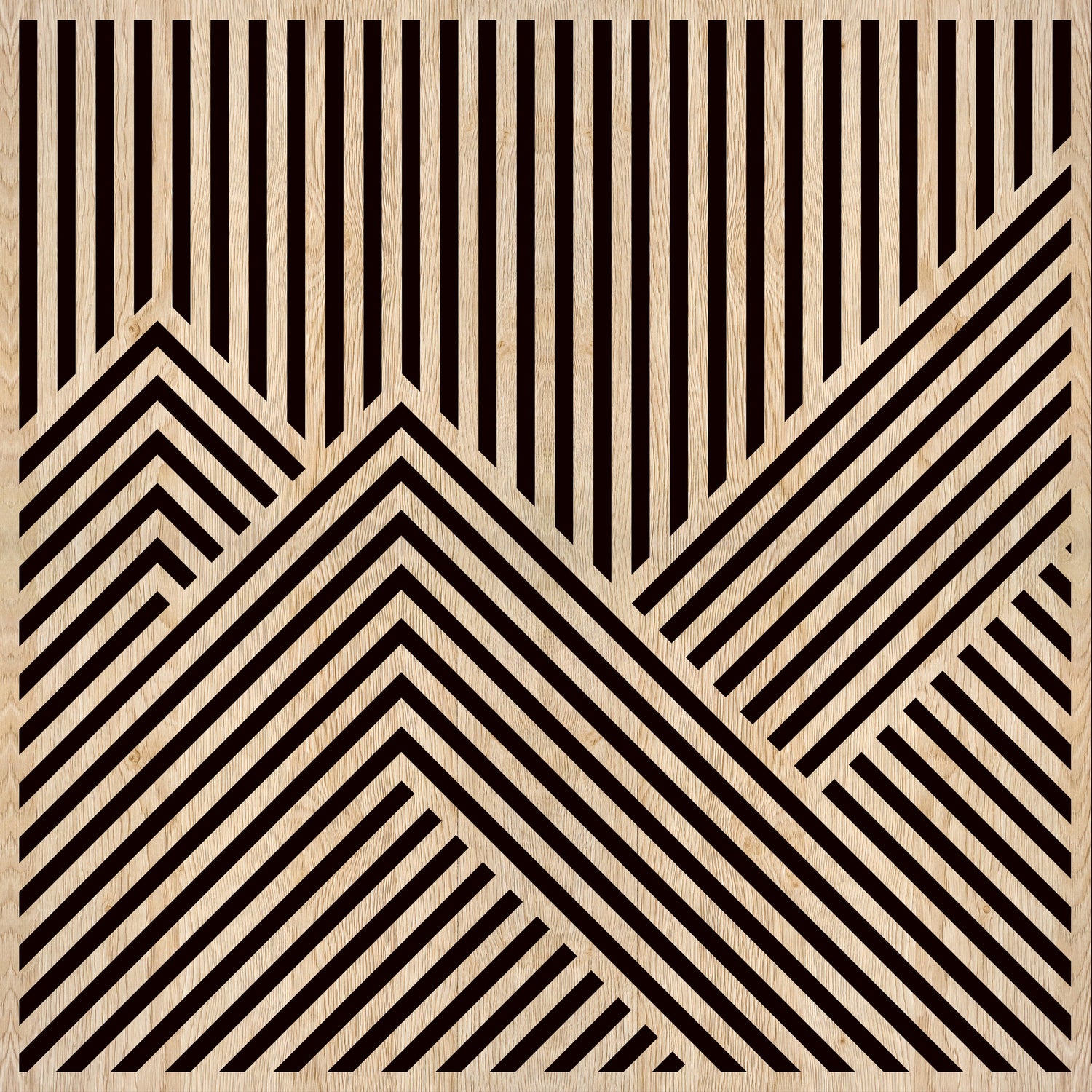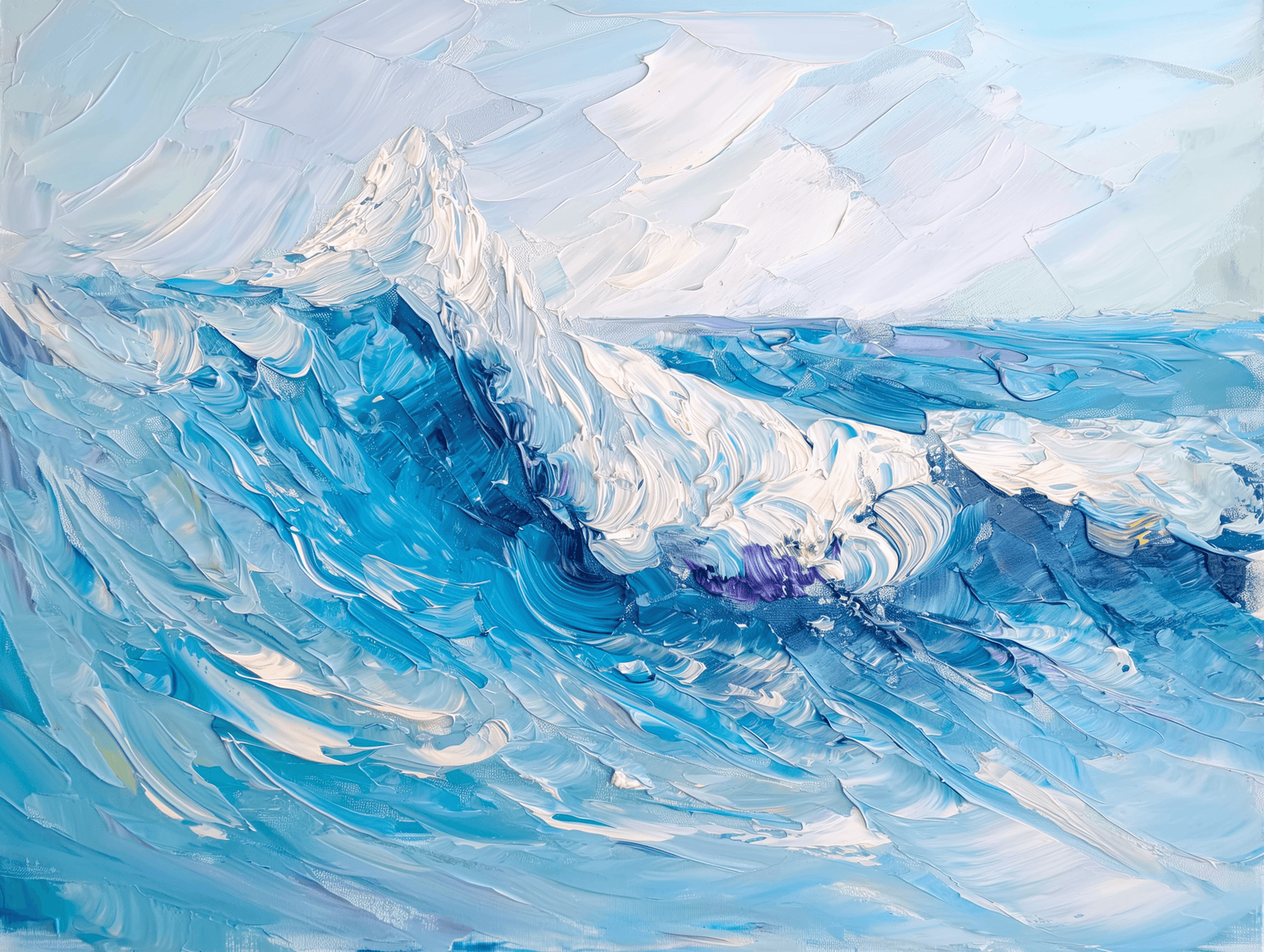Introduction
Minimalism in art is a movement that has revolutionized visual perception, reducing complexity to the pure essence of shapes and colors. This movement, born in the mid-20th century, opposes excessive decoration and focuses on the essential. But in an era dominated by visual saturation, is minimalism still relevant? And what is its impact on contemporary art?
The Origins of Minimalism in Art
Minimalism was born in the 1960s in the United States as a reaction to abstract expressionism and conceptual art. Artists such as Donald Judd, Frank Stella and Dan Flavin sought to eliminate any superfluous elements, focusing on simple geometries, industrial materials and modular repetition. The main idea was that the work of art should exist for itself, without external references or hidden meanings.
Main Characteristics of Minimalism
- Simplicity of shapes : use of pure geometries and clean lines.
- Industrial materials : metal, plastic, neon and concrete replace traditional canvas and brushes.
- Repetition and modularity : Repeated elements create rhythm and harmony.
- Absence of narration : the work does not represent anything external to itself.
- Interaction with space : minimalist installations often engage in dialogue with their surrounding environment.
Iconic Minimalism Artists
- Donald Judd : geometric sculptures in metal and plexiglass, without decorations.
- Frank Stella : canvases with repeating patterns and three-dimensional structures.
- Dan Flavin : use of neon tubes to create essential light atmospheres.
- Agnes Martin : paintings with thin grids and pastel colors, evocative of a quiet spirituality.
- Robert Morris : interactive installations that involve the viewer.
Minimalism in Contemporary Art
Today, minimalism continues to influence design, fashion and architecture. Artists such as Olafur Eliasson and Ai Weiwei reinterpret minimalism with innovative materials and new technologies. Visual simplicity is still a response to the complexity of the contemporary world, offering spaces for contemplation and reflection.
Conclusion
Minimalism proves that "less is more" is not just a slogan, but a powerful artistic principle. In contemporary art, this current continues to inspire, demonstrating that beauty can emerge from simplicity.
Materico: Art that Comes to Life
Materico.it is the reference point for those who want high-quality artistic reproductions with an incredible 3D effect. Thanks to innovative techniques, each work comes to life, enhancing the relief of the brush strokes and giving unique visual depth. Discover our catalog and bring home the essence of art with a touch of exclusivity.









